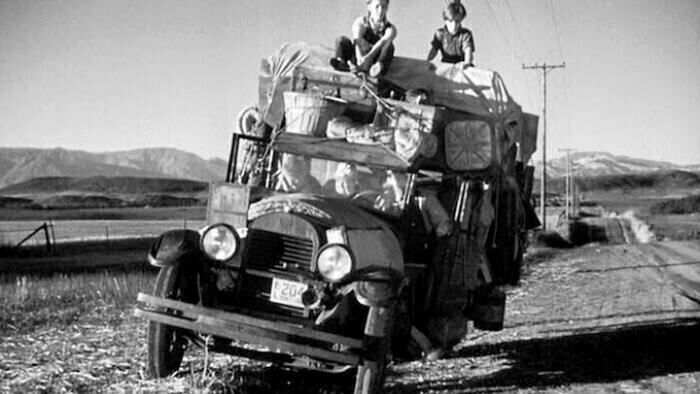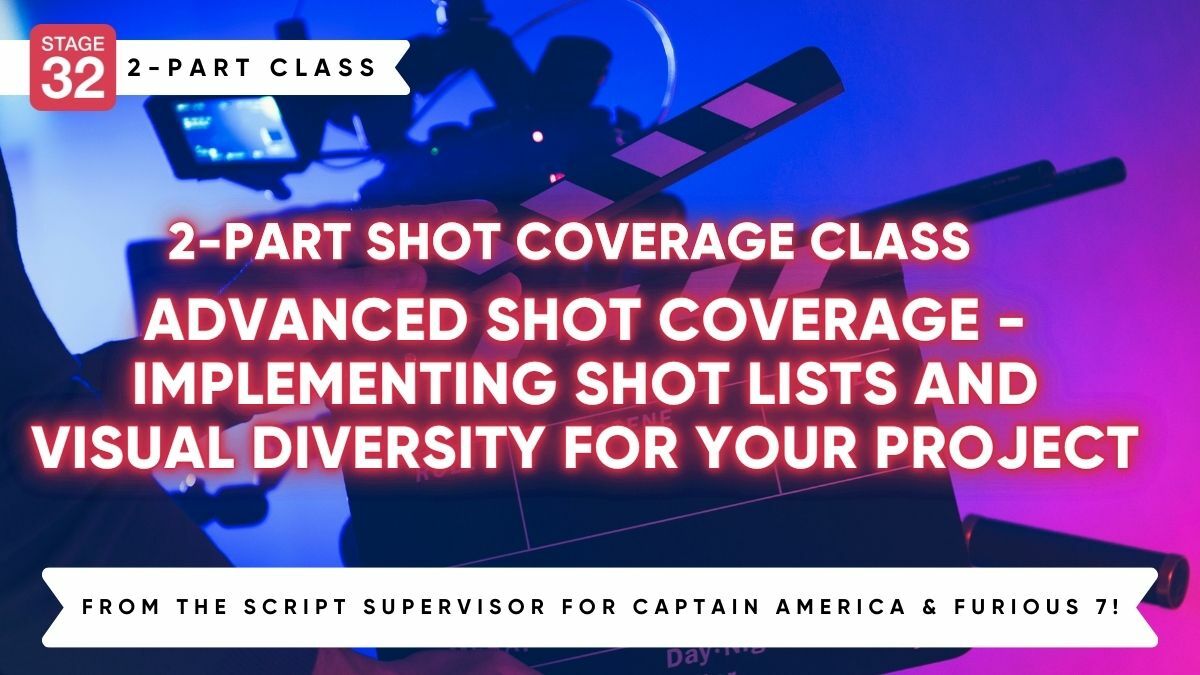
Is there such a thing as too much Toland?
I am often asked who my favorite insert artistic occupation here is. I am often forced to ask the question “Are we talking classic or contemporary?” I make that delineation because I believe it is important to respect the shoulders’ of the giants our modern genius’ stand upon. If you were to ask me who my favorite music composer is I would tell you that contemporarily it is John Williams. I know almost ever single one of this compositions and they are sealed into my memories. Being nine years old and watching as the gates to Jurassic Park open before me. In fact, while I was in middle school the Jurassic Park theme was one of the first things I learned how to play, and man is that fun on a sliding trombone!
Yet, if you were to ask me who my favorite classical composer is I would tell you that it is dangerous for me to be driving and the notes to “The Well-Tempered Clavier” begin to tap away through my speakers. Those keys reach out through time and pull me back to a 1722 where Johann Sebastian Bach works his magic. His music has always, and presumably shall always give me pause and send me into retrospective moments.
I’ll stop there, I know, this isn’t a music lesson, this is the cinematography lounge and you’re probably wondering what in the hell Johann Sebastian Bach has to do with an art form created one-hundred and forty-five years after his death. My point is, that I promise John Williams would not minimize the effect of Bach’s work in his field, which brings me to this collection of words.
My favorite director is John Ford – he even had a sailboat. I want a sailboat. I digress, my favorite John Ford movie is “The Grapes of Wrath.” This brings me to the greatest cinematographer to ever exist: Gregg Toland. In his short life he shot sixty-seven feature films. Among other films were Citizen Kane, The Outlaw, and yes, I’m going to say it – Song of the South.
Toland was known as a king of deep focus. We need to understand the limitations of optics in the 30s and 40s to really get a grasp on how profound his work was. The amount of light needed to keep everything in focus as you closed the aperture down, much like squeezing your eyelids when the light is bright, it “focuses” the light and makes it readable. But, you’re playing with a film stock where your highest ISO is going to be 400, well, if you wanted big Hollywood movies you needed big Hollywood lights.
We’re going to stay in the photographic realm for a second and we’re going to sidestep into still photography. There was another man in early 1900s that was taking off with his photographic processes and that man was named Ansel Adams. It was a couple of years before Toland’s death where Adams, working in Southern California developed the zone system. When you are buying a digital camera these days they will talk about their “15 stops of dynamic range!” Well, what they are really saying is that they have 15 zones of contrast the camera is capable of capturing. Black and White Film stock, most variations of it, were capable of 9 stops (zones) of contrast capture. From White, all the wavelengths of light combined, to black, the absence of wavelengths (we also call it blown out in the whites and underexposed in the blacks) there were 9 shades of grayscale that would compose your image. Now, in Adams expressions, he would say that a “perfect” image would capture all nine of those zones.
Let us now slingshot back to Toland and “The Grapes of Wrath.” It is my opinion that the Grapes of Wrath is the most perfect film ever shot under those conditions. When I was taught how to color a project, I was coached in how to take all the color away, adjust the contrast, and then dial the color back in. In order for this to work most effectively, the cinematographer must be thinking about this process in his creation of his work. I have attached an image from The Grapes of Wrath and then Pre and Post color of my own work. I hope you enjoyed reading this article as much as I enjoyed writing it.



Below I am posting the compare and contrast B&W Photos to their Color Counterparts from my own projects.
A scene we shot at the Salton Sea in the Inland Empire
Same as above
My first directing project short film "Laundry Day"
One of our many practice shoots for The Master's House
Same as above
Nathan, your Salton Sea photos are incredible. Would love to see more of them if you'd be willing to post!
Amanda Toney Hi there Amanda, I will post more of them first chance I get :-) Do you like the comparison of Black and White to their color counterparts?
Absolutely love the black and white and color counterparts. Each tells its own distinct story - same image, but with the color differences it's a different story.